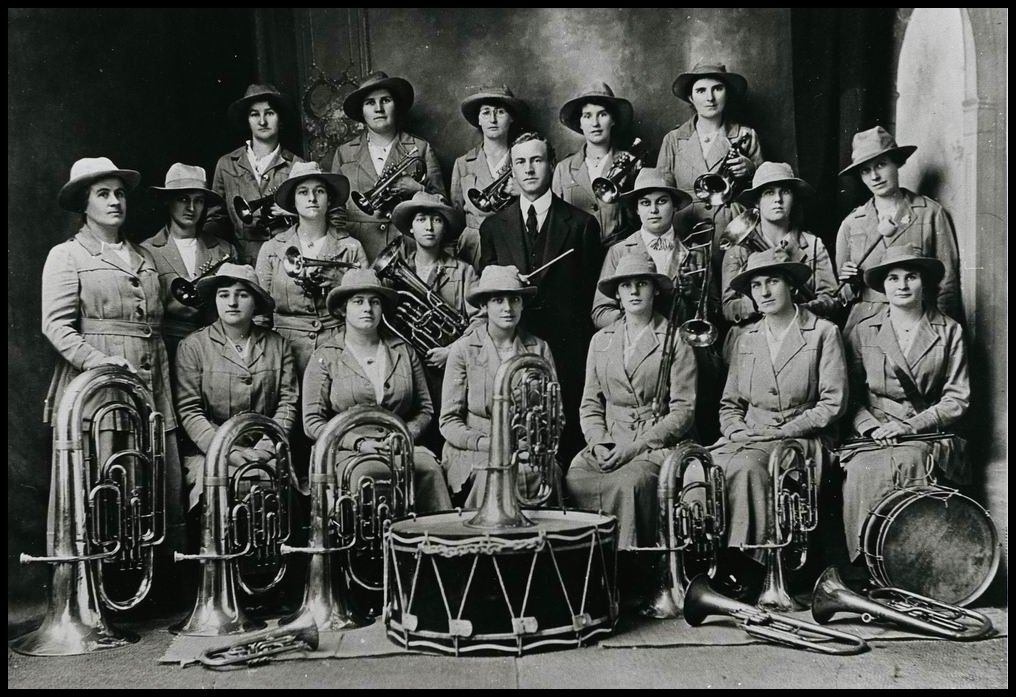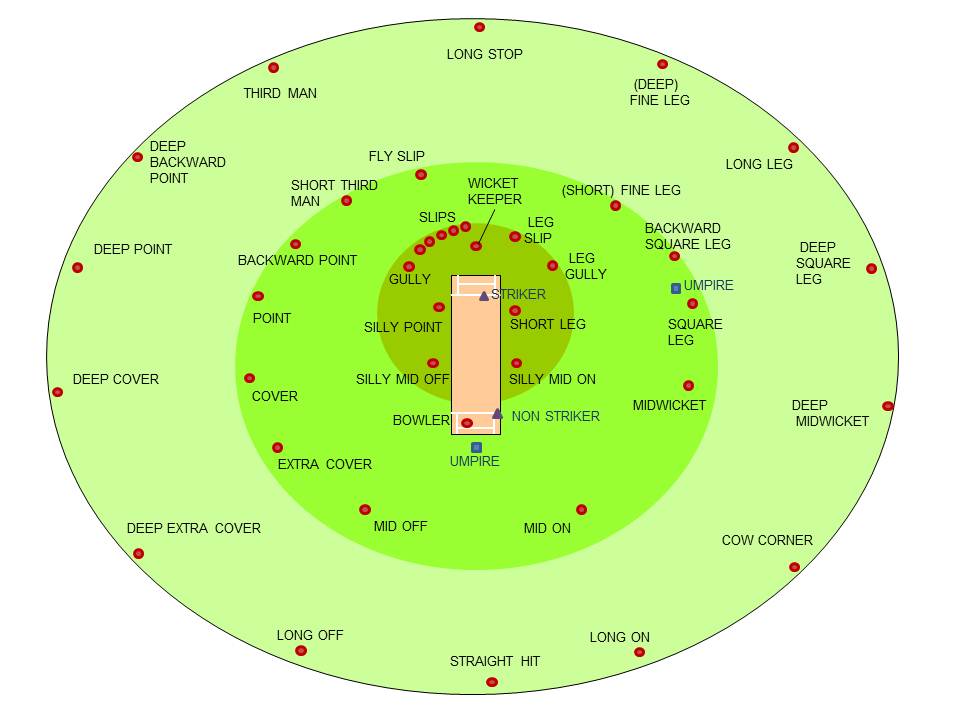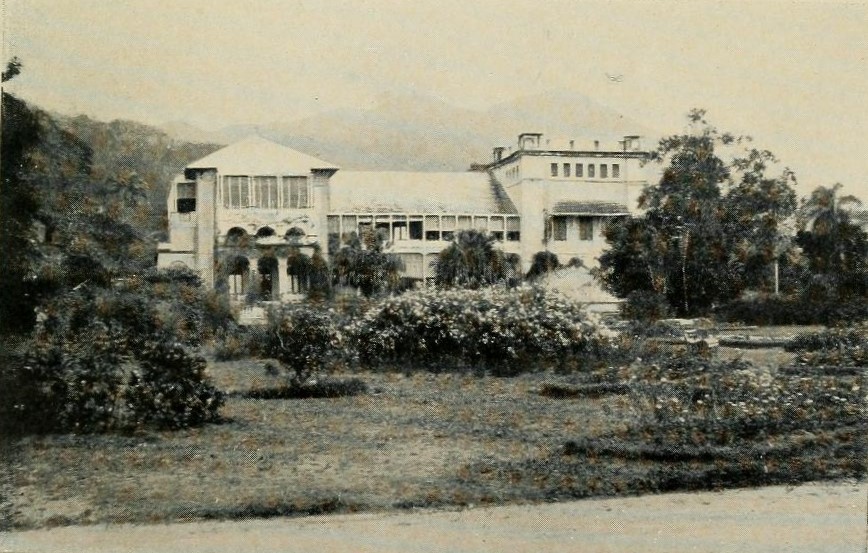|
Arthur Richardson (Australian Cricketer)
Arthur John Richardson (24 July 1888 – 23 December 1973) was an Australian Test cricketer who played nine Tests matches for Australia. Career Born in Clare in rural South Australia, Richardson began playing cricket for the Sevenhills cricket club and when the club was disbanded prior to the 1911/12 season, he transferred to the Kybunga Cricket Club and topped both the Stanley Cricketing Association batting and bowling averages, scoring 738 runs at 92.20 and taking 40 wickets at 8.00. He played four Tests in 1924–25 against the touring English team, and toured England in 1926, playing all five Tests and scoring a century in the Third Test at Leeds. Richardson was one of the few Australians to play with spectacles. He played first-class cricket for South Australia, mostly as an opening batsman and off-spin bowler, from 1918–19 to 1926–27. In his final season he helped South Australia win the Sheffield Shield by scoring 607 runs at 67.44, including an innings of 232 aga ... [...More Info...] [...Related Items...] OR: [Wikipedia] [Google] [Baidu] |
Clare, South Australia
The town of Clare is located in South Australia in the Mid North region, 136 km north of Adelaide. It gives its name to the Clare Valley wine and tourist region. At the , Clare itself had a population of 3160 as part of an urban area with 3327 people. History The first European to explore the district was John Hill, who in April 1839 discovered and named the Wakefield River and Hutt River. In early 1840 the first European settlers arrived in the district, led by John Horrocks. The town itself was established in 1842 by Edward Burton Gleeson, and named after his ancestral home of County Clare in Ireland, although the town was first named Inchiquin after Gleeson's property. Lake Inchiquin is now the name of a reservoir located to the north of the town, near the golf club. The layout of the town's road system was apparently designed by a draughtsman in Adelaide, without any knowledge of the local geography. There are several roads in Clare that end abruptly at a cliff face ... [...More Info...] [...Related Items...] OR: [Wikipedia] [Google] [Baidu] |
Fred Root
Charles Frederick Root (16 April 1890 – 20 January 1954) was an English cricketer who played for England in 1926 and for Derbyshire between 1910 and 1920 and for Worcestershire between 1921 and 1932. Early career Root was born in Somercotes, Derbyshire and initially served on ground staff of Leicestershire before beginning his first-class career for Derbyshire, making his debut in the 1910 season. He played for five seasons for Derbyshire before cricket was suspended in England because of World War I, doing very little apart from a couple of promising performances in 1913. During the war, Root was hit in the chest while serving as a dispatch rider, but recovered and resumed his cricketing career after the war. Worcestershire Root moved to Worcestershire in 1921 after two seasons in league cricket. After a season and a half when he failed to establish himself as an orthodox right-arm fast medium bowler, Root became an exponent of the leg theory style of bowling, and achi ... [...More Info...] [...Related Items...] OR: [Wikipedia] [Google] [Baidu] |
Australia Test Cricketers
Australia, officially the Commonwealth of Australia, is a sovereign country comprising the mainland of the Australian continent, the island of Tasmania, and numerous smaller islands. With an area of , Australia is the largest country by area in Oceania and the world's sixth-largest country. Australia is the oldest, flattest, and driest inhabited continent, with the least fertile soils. It is a megadiverse country, and its size gives it a wide variety of landscapes and climates, with deserts in the centre, tropical rainforests in the north-east, and mountain ranges in the south-east. The ancestors of Aboriginal Australians began arriving from south east Asia approximately 65,000 years ago, during the last ice age.religious_traditions_in_the_world._Australia's_history_of_Australia.html" ;"title="The_Dreaming.html" ;"title="Aboriginal_Art.html" "title="he Story of Australia's People, Volume 1: The Rise and Fall of Ancient Australia, Penguin Books Australia Ltd., Vic., ... [...More Info...] [...Related Items...] OR: [Wikipedia] [Google] [Baidu] |
1973 Deaths
Events January * January 1 - The United Kingdom, the Republic of Ireland and Denmark enter the European Economic Community, which later becomes the European Union. * January 15 – Vietnam War: Citing progress in peace negotiations, U.S. President Richard Nixon announces the suspension of offensive action in North Vietnam. * January 17 – Ferdinand Marcos becomes President for Life of the Philippines. * January 20 – Richard Nixon is sworn in for a second term as President of the United States. Nixon is the only person to have been sworn in twice as President ( 1969, 1973) and Vice President of the United States ( 1953, 1957). * January 22 ** George Foreman defeats Joe Frazier to win the heavyweight world boxing championship. ** A Royal Jordanian Boeing 707 flight from Jeddah crashes in Kano, Nigeria; 176 people are killed. * January 27 – U.S. involvement in the Vietnam War ends with the signing of the Paris Peace Accords. February * February 8 – A militar ... [...More Info...] [...Related Items...] OR: [Wikipedia] [Google] [Baidu] |
1888 Births
In Germany, 1888 is known as the Year of the Three Emperors. Currently, it is the year that, when written in Roman numerals, has the most digits (13). The next year that also has 13 digits is the year 2388. The record will be surpassed as late as 2888, which has 14 digits. Events January–March * January 3 – The 91-centimeter telescope at Lick Observatory in California is first used. * January 12 – The Schoolhouse Blizzard hits Dakota Territory, the states of Montana, Minnesota, Nebraska, Kansas, and Texas, leaving 235 dead, many of them children on their way home from school. * January 13 – The National Geographic Society is founded in Washington, D.C. * January 21 – The Amateur Athletic Union is founded by William Buckingham Curtis in the United States. * January 26 – The Lawn Tennis Association is founded in England. * February 6 – Gillis Bildt becomes Prime Minister of Sweden (1888–1889). * February 27 – In West O ... [...More Info...] [...Related Items...] OR: [Wikipedia] [Google] [Baidu] |
South Australia
South Australia (commonly abbreviated as SA) is a state in the southern central part of Australia. It covers some of the most arid parts of the country. With a total land area of , it is the fourth-largest of Australia's states and territories by area, and second smallest state by population. It has a total of 1.8 million people. Its population is the second most highly centralised in Australia, after Western Australia, with more than 77 percent of South Australians living in the capital Adelaide, or its environs. Other population centres in the state are relatively small; Mount Gambier, the second-largest centre, has a population of 33,233. South Australia shares borders with all of the other mainland states, as well as the Northern Territory; it is bordered to the west by Western Australia, to the north by the Northern Territory, to the north-east by Queensland, to the east by New South Wales, to the south-east by Victoria, and to the south by the Great Australian Bight.M ... [...More Info...] [...Related Items...] OR: [Wikipedia] [Google] [Baidu] |
Vic Richardson
Victor York Richardson (7 September 189430 October 1969) was a leading Australian sportsman of the 1920s and 1930s, captaining the Australia cricket team and the South Australia Australian rules football team, representing Australia in baseball and South Australia in golf, winning the South Australian state tennis title and also being a leading local player in lacrosse, basketball and swimming. Richardson won the South Australian National Football League's highest individual honour, the Magarey Medal, while captain-coach of Sturt in 1920. Early life Richardson was born in Parkside, South Australia and grew up in the Unley area. He attended Kyre (later Scotch) College. Naturally athletic, he played many sports, including gymnastics, basketball, cricket, baseball, lacrosse, and Australian Rules football. He worked in the South Australian public service.Gibbs, RM, "Richardson, Victor York (1894–1969)", ADB, accessed 20 May 2017 from http://adb.anu.edu.au/biography/richardson- ... [...More Info...] [...Related Items...] OR: [Wikipedia] [Google] [Baidu] |
English Cricket Team In The West Indies In 1934–35
The English cricket team in the West Indies in 1934–35 was a cricket touring party sent to the West Indies under the auspices of the Marylebone Cricket Club for a tour lasting months in 1934–35. The team played four Test matches against the West Indian cricket team, winning one match but losing two – the first series defeat of an English side by the West Indies. The team comprised 14 players, but less than half of them were regular Test players. It "could scarcely be regarded as representative of the full strength of England", ''Wisden Cricketers' Almanack'' reported in its 1936 edition coverage of the tour. By contrast, the West Indies side had developed since its disappointing tour of England in 1933. In Martindale, Constantine and Hylton it had a trio of high-class fast bowlers, and Jackie Grant was an experienced captain not given to the eccentricities that the England captain Wyatt inflicted on his team. The touring party The team consisted of 14 players, including two ... [...More Info...] [...Related Items...] OR: [Wikipedia] [Google] [Baidu] |
West Indies Cricket Team
The West Indies cricket team, nicknamed the Windies, is a multi-national men's cricket team representing the mainly Commonwealth Caribbean, English-speaking countries and territories in the Caribbean region and administered by Cricket West Indies. The players on this composite team are selected from a chain of fifteen Caribbean nation-states and territories. , the West Indies cricket team is ranked eighth in Test cricket, Tests, and tenth in One-Day International, ODIs and seventh in Twenty20 International, T20Is in the official International Cricket Council, ICC rankings. From the mid-late 1970s to the early 1990s, the West Indies team was the strongest in the world in both Test cricket, Test and One Day International cricket. A number of cricketers who were considered among the best in the world have hailed from the West Indies: Sir Garfield Sobers, Garfield Sobers, Lance Gibbs, George Headley, Brian Lara, Viv Richards, Vivian Richards, Clive Lloyd, Malcolm Marshall, Alvin ... [...More Info...] [...Related Items...] OR: [Wikipedia] [Google] [Baidu] |
Umpire (cricket)
In cricket, an umpire (from the Old French ''nompere'' meaning not a peer, i.e. not a member of one of the teams, impartial) is a person who has the authority to make decisions about events on the cricket field according to the ''Laws of Cricket''. Besides making decisions about legality of delivery, appeals for wickets and general conduct of the Game in a legal manner, the umpire also keeps a record of the deliveries and announces the completion of an over. A cricket umpire is not to be confused with the referee who usually presides only over international matches and makes no decisions affecting the outcome of the game. Overview Traditionally, cricket matches have two umpires on the field, one standing at the end where the bowler delivers the ball (bowler's end), and one directly opposite the facing batsman (usually, but not always, at square leg). However, in the modern game, there may be more than two umpires; for example Test Matches have four: two on-field umpires, a thi ... [...More Info...] [...Related Items...] OR: [Wikipedia] [Google] [Baidu] |
Ray Robinson (cricket Writer)
Raymond John Robinson (8 July 1905 – 6 July 1982) was an Australian journalist and author, best known for his writings on cricket. Life and career Born in Melbourne, Robinson attended Brighton State School and joined the Melbourne ''Herald'' as a copy boy. Given a cadetship with the paper, he reported on Australian rules football and cricket from 1925. In 1925, he wrote to Plum Warner, the editor of ''The Cricketer'' magazine, complaining about its poor coverage of Australian cricket. Warner invited him to become the periodical's Australian correspondent, and Robinson continued contributing to it until the early 1980s. In 1930, Robinson was recruited to the editorial staff of a new daily paper, ''The Star''. Four years later, he accompanied the Australian team on its tour of England. Subsequently, he toured with the Australians in 1948, 1953, 1956 and 1961 (to England); and to South Africa in 1957–58 and the West Indies in 1954–55. He made a number of tours of I ... [...More Info...] [...Related Items...] OR: [Wikipedia] [Google] [Baidu] |
Port Of Spain
Port of Spain (Spanish: ''Puerto España''), officially the City of Port of Spain (also stylized Port-of-Spain), is the capital of Trinidad and Tobago and the third largest municipality, after Chaguanas and San Fernando. The city has a municipal population of 37,074 (2011 census), an urban population of 81,142 (2011 estimate) and a transient daily population of 250,000. It is located on the Gulf of Paria, on the northwest coast of the island of Trinidad and is part of a larger conurbation stretching from Chaguaramas in the west to Arima in the east with an estimated population of 600,000. The city serves primarily as a retail and administrative centre and it has been the capital of the island since 1757. It is also an important financial services centre for the CaribbeanCIA World Factbook Trinidad an ... [...More Info...] [...Related Items...] OR: [Wikipedia] [Google] [Baidu] |





